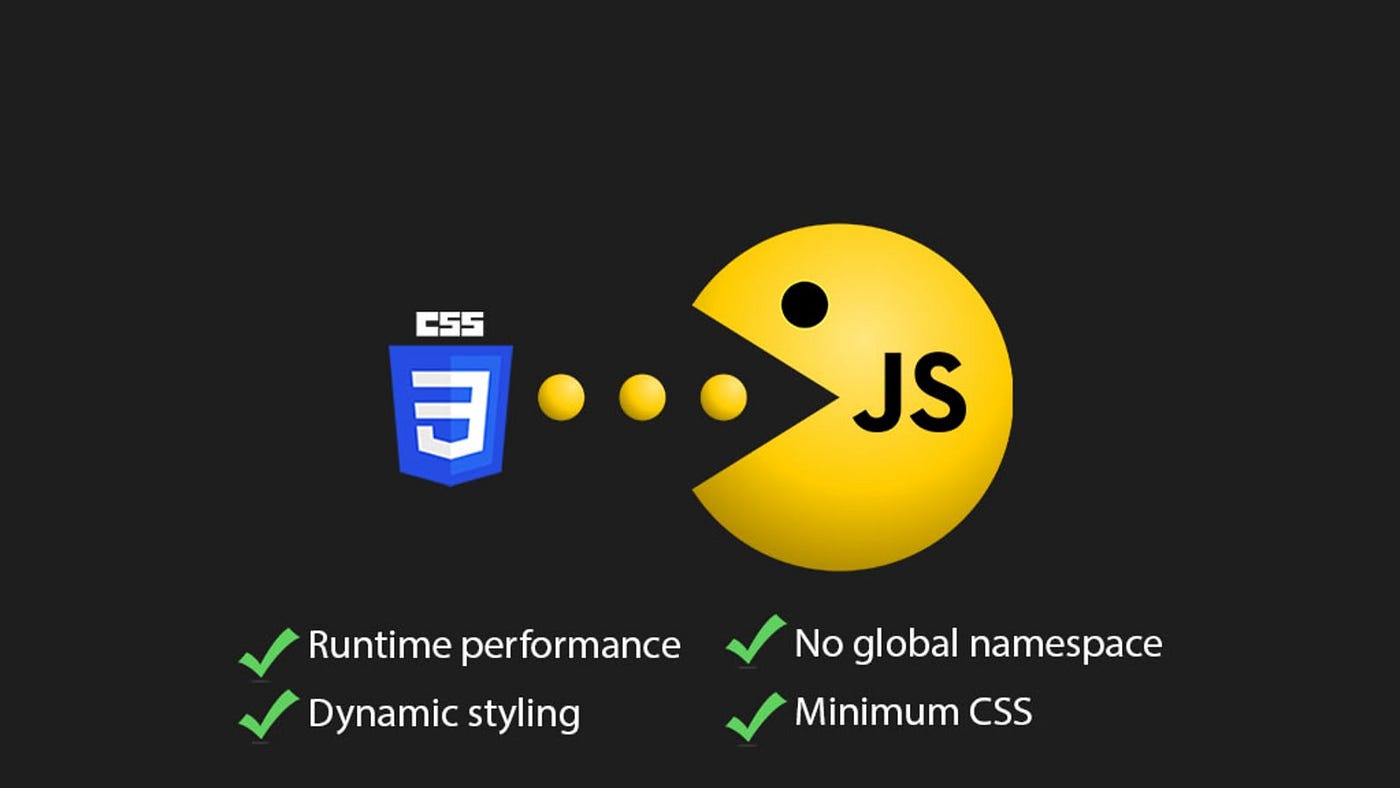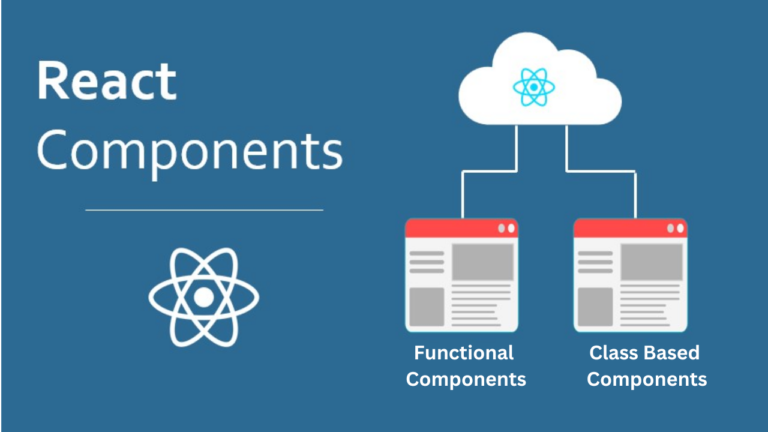When building React projects, developers have a broad range of options for styling. They no longer need to rely solely on CSS. Modern tools and methodologies have shifted the focus, so there are now solutions that balance flexibility and efficiency. The choice of styling approach can shape your project’s development process and user experience.
CSS in JS
CSS in JS is an innovative way to style components directly within JavaScript code. Popular libraries like Styled Components and Emotion make it easy to define styles that are scoped to individual components, eliminating the risk of unintended cascading effects. Dynamic styling is another advantage. For example, changing the color or layout of a button based on user interaction is straightforward using props. Consider a dashboard that displays data visualizations: CSS in JS allows developers to apply styles conditionally, such as highlighting specific chart elements based on a threshold value. However, one potential drawback is that the increased bundle size and runtime performance impact might not be ideal for highly complex or large scale applications.
Tailwind CSS
Tailwind CSS, the utility first framework, is centered around using pre designed classes that can be combined to style elements quickly. It drastically reduces the need to write custom CSS, which allows developers to focus on functionality. For example, building a responsive navigation bar can be achieved with Tailwind’s predefined classes for layout, margins, padding, and hover effects. While some might initially find Tailwind restrictive, especially if they’re accustomed to crafting custom styles from scratch, its design philosophy actually encourages consistency across projects. It’s well suited for teams working on large projects where uniformity is essential. However, navigating through a long HTML file filled with class names can be challenging at first.

Traditional CSS
For developers who prefer external stylesheets, traditional CSS remains a dependable and flexible option. When paired with methodologies like BEM (Block Element Modifier) or SMACSS (Scalable and Modular Architecture for CSS), traditional CSS offers clarity and reduces the likelihood of style conflicts. Take an e-commerce platform as an example: you could use BEM naming conventions to structure CSS for product cards, buttons, and modals, making styles predictable and reusable. However, achieving dynamic styles, such as a hover effect that reveals additional details, may require additional effort compared to CSS in JS or Tailwind. Traditional CSS also demands vigilance to avoid specificity wars and maintainable code as the project grows.

Weighing the Options
Choosing between CSS in JS, Tailwind CSS, or traditional approaches isn’t just a technical decision, it’s also influenced by factors like your team’s familiarity with the tools, the scale of the project, and the design goals. While CSS in JS shines in component driven designs, Tailwind excels in speeding up development for standardized layouts, and traditional CSS remains a reliable choice for those who value flexibility and control.
A practical example of combining approaches could be a social media app. Use Tailwind CSS for consistent layout designs across pages, while relying on CSS in JS for highly interactive features like post animations or user profile updates. In situations where simplicity and familiarity are necessary, traditional CSS could still be the go to, especially in small or legacy projects. By taking the time to understand the strengths and limitations of each method, developers can make better choices that align with their project’s vision and deliver a great user experience.






